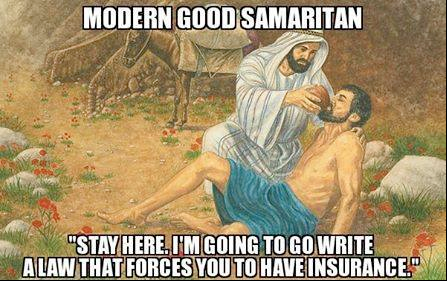About three years ago I made a pledge to hand out 12 Books of Mormon a year. I have more than met that goal. I would estimate I have handed out more than 45 Books of Mormon over the last three years.
Now to be fair to readers, I should point out that I travel all over the world and bring Books of Mormon with me. Only about a dozen or so of the books I have handed out (four a year) are to people near where I live. The vast majority have been to acquaintances in Mexico, Brazil, Argentina, Panama, the UK and Hong Kong whom I have met over the years. A lot of them have been taxi drivers.
Random thought number one: the plural is Books of Mormon, not Book of Mormons. (If you have seen “The Best Two Years,” there is a funny scene regarding this that I tried to link, but I could not find it on Youtube).
Random thought number two: if you want to hand out Books of Mormon, you must bring them with you when you go someplace. Stop reading this right now and go put a Book of Mormon in your car or your briefcase or your purse or your backpack. If you do not have a Book of Mormon, you can either get one from the missionaries or order them on-line here. I cannot emphasize this enough: go put a Book of Mormon someplace so you can hand it out.
Random thought number three: I have encountered a LOT more atheists lately than I remember from a decade ago. Has anybody else noticed this trend? My experiences do not count as a scientific survey, but the average person seems to have migrated from “I am spiritual and believe in the value of religion but don’t go to Church” or “I am Catholic” to “I don’t believe in a God that would allow people to suffer on the Earth.” I am amazed at how many people openly claim to be atheist. Is this a sign of the times?


